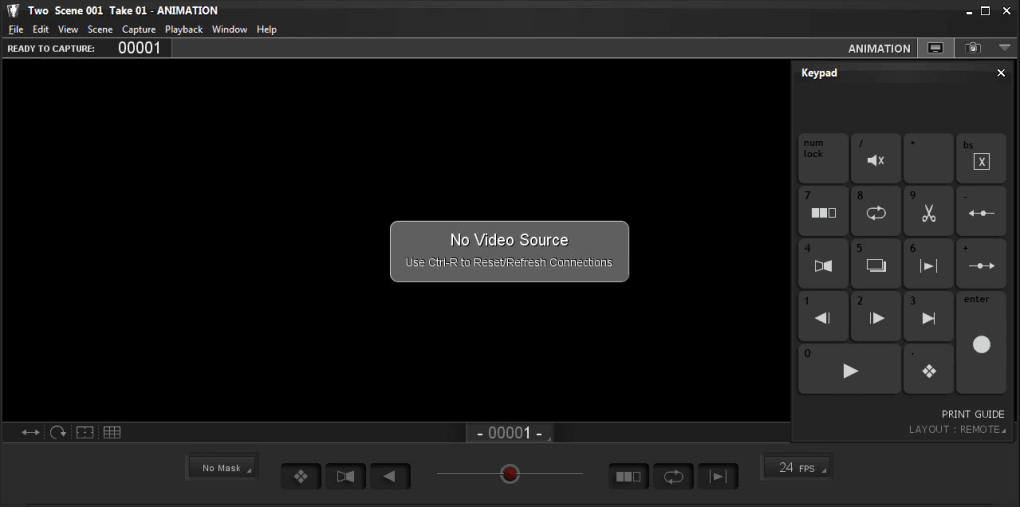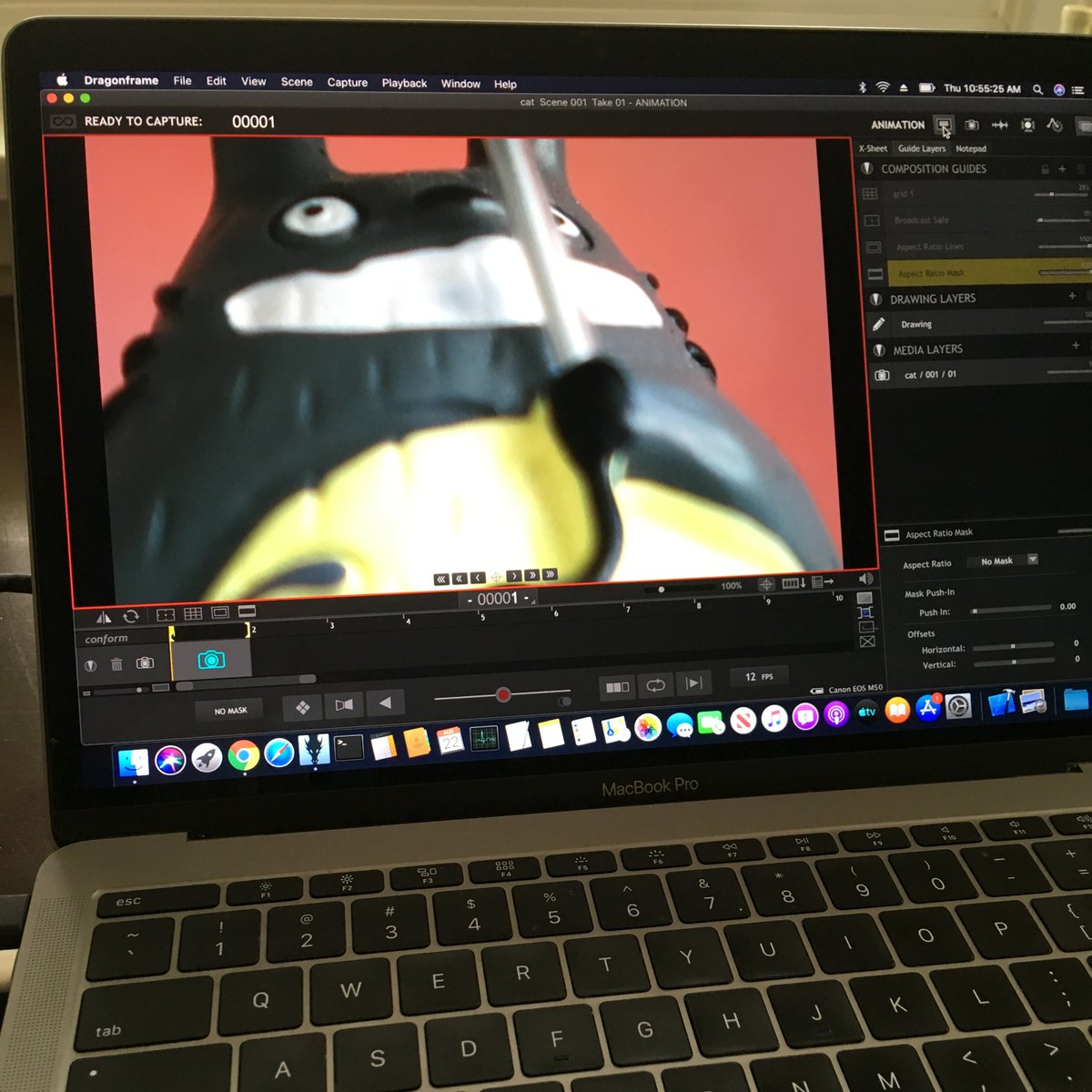
The concept of a "game" is split into 2 classes. Each PlayerController typically has one of these as well. The PlayerCameraManager is the "eyeball" for a player and manages how it behaves.

Each PlayerController typically has one of these. The PlayerController essentially represents the human player's will.Īn AIController is what it sounds like a simulated "will" that can control a Pawn.Ī HUD is a "heads-up display", or the 2D on-screen display that is common in many games. A controller can "possess" a Pawn to take control of it.Ī PlayerController is the interface between the Pawn and the human player controlling it. They typically come in 2 flavors, AIController and PlayerController. It can do basic human-like movement, it can replicate movement smoothly across the network, and it has some animation-related functionality.Ĭontroller is an Actor that is responsible for directing a Pawn.

It comes with a CapsuleComponent for collision and a CharacterMovementComponent by default. Note that a Pawn is not assumed to be humanoid.Ī Character is a humanoid-style Pawn. Pawns can be possessed by a Controller, they are set up to easily accept input, and they can do various and sundry other player-like things. These classes all create types of Actors, which can either be placed into your level or spawned when needed.Ī Pawn is an Actor that can be an "agent" within the world. Finally, gameplay classes such as GameMode, GameState, and PlayerState set the rules of the game, and track how the game and the players are progressing. Heads-up displays and cameras for players.

The basic gameplay classes include functionality for representing players, allies, and enemies, as well as for controlling these avatars with player input or AI logic. Setting and Tracking the Rules of the Game Representing Players, Friends, and Foes in the WorldĬontrolling Pawns With Player Input or AI Logic


 0 kommentar(er)
0 kommentar(er)
